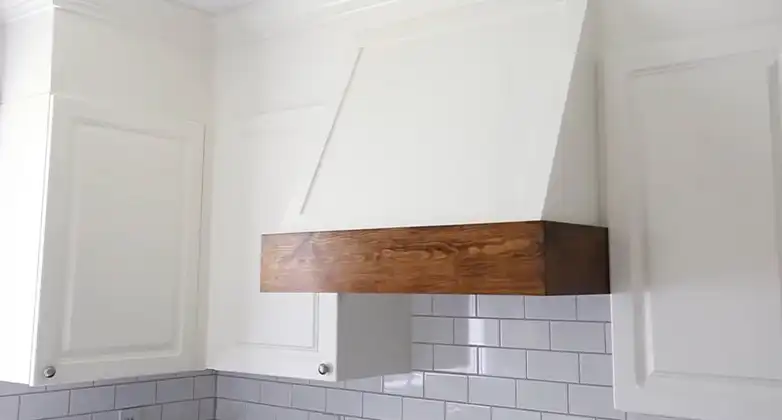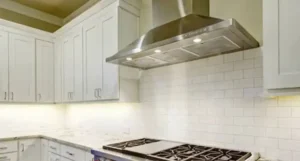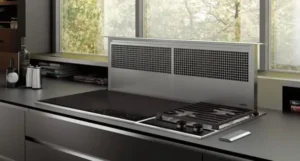There are many reasons for covering the vents in the kitchen wall. However, that raises concern among homeowners and there is much confusion regarding that. Therefore, people often ask if they could cover the vents in their kitchen walls.
The short answer is yes, you can certainly cover it, granted you can make do with the downsides.
Below we will discuss, why covering vents in the kitchen wall might not be a good idea and if there are any alternatives to it.

Can I Cover It?
The first question many homeowners ask is whether they can cover the vents in their kitchen wall. The short answer is technically, yes, you can cover them. However, doing so might not be in your best interest for several reasons.
Why You Shouldn’t Cover It?
Here’s why covering your kitchen vent might not be a good idea after all:
Ventilation and Indoor Air Quality
One of the primary functions of kitchen vents is to provide proper ventilation. They help remove cooking odors, smoke, and moisture from the kitchen, preventing the buildup of these elements in your home. Covering vents can lead to poor indoor air quality, which can negatively impact your health and comfort.
Heat Removal
Kitchens can get hot while cooking, especially when using stovetops and ovens. Vents assist in removing excess heat and maintaining a comfortable temperature in your home. Blocking vents can result in a warmer and less comfortable kitchen.
Safety Considerations
Proper ventilation reduces the risk of fire hazards in the kitchen by removing grease and flammable particles from the air. Covering vents may increase the risk of fire accidents and decrease safety levels.
Mold and Mildew Prevention
Good ventilation helps prevent the accumulation of moisture in the kitchen, which can lead to the growth of mold and mildew. Covering vents can result in moisture buildup and associated problems.
Are There Any Alternatives?
If you have concerns related to your kitchen vents, there are alternative solutions to consider rather than completely covering them:
Insulation and Sealing
If you’re worried about drafts or energy loss, you can insulate or seal around the vent openings. This can help improve energy efficiency without obstructing ventilation.
Use Decorative Covers
Another great alternative is to use decorative covering pieces to cover the vents in your kitchen wall. They come in all sorts of sizes and shapes. So choose one according to your needs. This way, you can ensure proper ventilation in your kitchen, while maintaining aesthetics at the same time.
Cover Some of the Vents
If your kitchen walls have multiple vents, you can cover one or two of them. But remember to assess the airflow properly. You can also consult a professional to assess it for you and determine which vent(s) you can cover and which ones you should not.
Frequently Asked Questions (FAQ)
Can I simply close the vent when not in use?
While you can close certain types of vents temporarily, it’s generally not recommended to keep them closed for extended periods. Doing so may compromise ventilation and indoor air quality.
What should I do if the vent is no longer needed?
If the vent is no longer needed or functional, it’s best to have it professionally sealed or removed to ensure it doesn’t cause any issues.
How can I improve ventilation without blocking vents?
You can use kitchen exhaust fans, open windows when cooking, or consider upgrading your ventilation system to enhance airflow.
Final Thoughts
While you technically can cover vents in your kitchen wall, it’s generally not advisable due to the vital roles they play in maintaining a safe and comfortable home environment. Instead of obstructing ventilation, explore alternative solutions to address specific concerns and consult with professionals when necessary. Maintaining your kitchen vents is crucial for your health, safety, and overall well-being.



